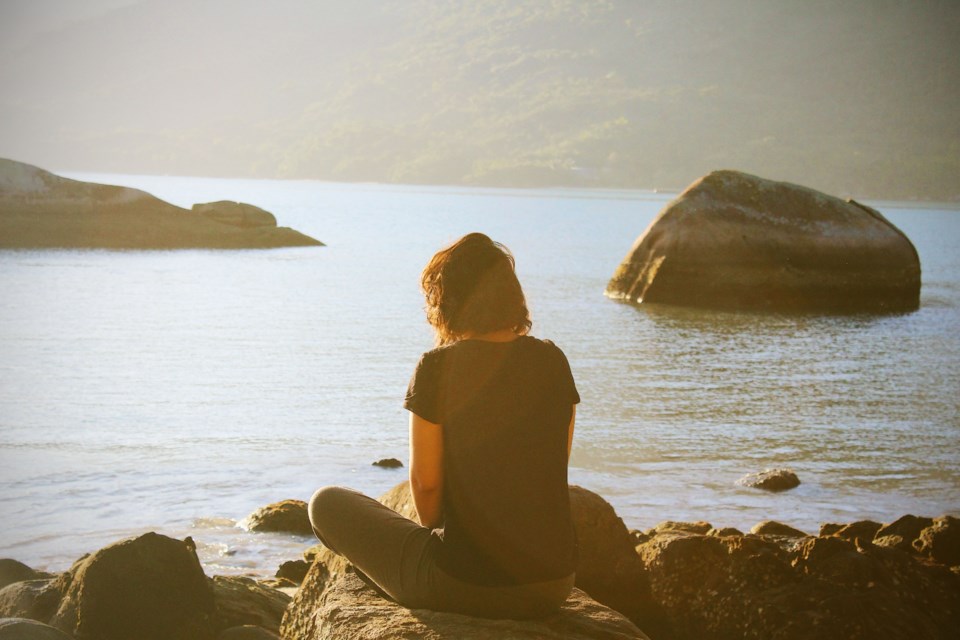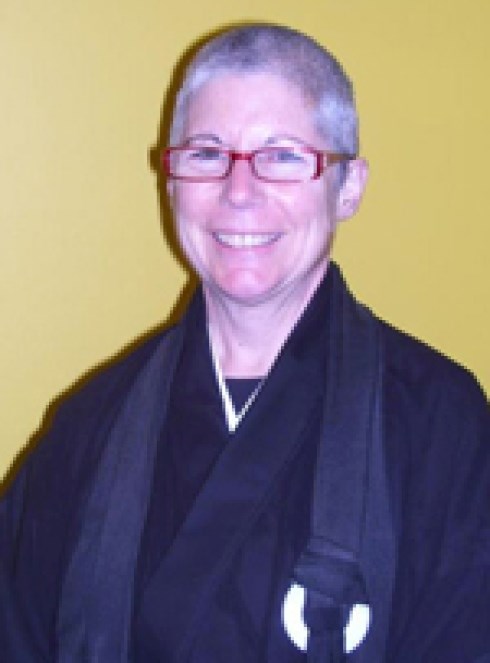 At first I was sceptical. How could something so easy make any difference in my life?
At first I was sceptical. How could something so easy make any difference in my life?
The instructions are so simple. When you’re writing, write. When you’re thinking, think. When you’re doing anything, just be there in the moment, fully engaged. The senses are filled with colour, odour, texture, taste, sounds; and then there are thoughts. There’s no room for I, me, mine. Just be.
However, this is incredibly difficult to do.
So we spend ages on the cushion practising just being.
Sit on a cushion knees touching the floor, in Burmese posture. Back straight, heart open, gut relaxed. Follow the breath. When the mind wanders, bring it back. Keep coming back.
We may be shocked to realize how much time we actually spend “away” day dreaming, re-visiting the past, planning the future, running scenarios, numbing out. It might seem like we’re not very good at meditation, at stopping thinking. But that’s not the point. Just be present with all of it.
Maybe we don’t even notice that we’ve checked out, and we wonder why we don’t make any progress in our practice. But the idea of progress is illusory. Making progress is a sham. In the Buddha’s investigations, he discovered that we are all already awake. We just don’t realize it yet.
But shouldn’t I be doing something? Getting a result? Yes and no. Aspiration is very important. It gets us to the sitting cushion, it keeps us meditating even when we’re burning with rage, or intensely feeling some other ‘negative’ emotion: fear, sadness, grief, hatred. Where denial or being result-driven doesn’t seem to work, acknowledging the often difficult, complicated inner landscape of our humanness does.
Time, sitting attentively, and patience work their magic. Not to get rid of feeling, but to actually feel. Not to suppress thoughts, but to allow them. As the mind learns to school itself, coming back again and again to the richness of each moment, the body also learns to stand down, to relax, to begin again to feel joy.
This work is difficult. It is so important to love our humanity while we’re struggling, and of course keep going.
At some point, by simply being present and dragging our minds back over and over again, things shift. It becomes easier, we’re learning to focus and pay attention.
We may begin to notice how connected everything is to everything else; how we’re not what we’ve been told – distinct and alone, but tiny lights in a very large and totally interrelated universe. This is another of the Buddha’s investigations: everything is interconnected and depends on everything else. This is pratityasamutpada or inter-being.
We are the dance of being – so vast and unknowable that rather than feeling lost we can give up our idea of who we are and let go into the peace and beauty of the whole. We can begin to let go of our analytical mindset – the one that needs to know, that looks for solid answers – and slip into our hearts.
Our open hearts can encompass the microcosm and the cosmos, the known and the unknowable. On the meditation cushion connecting to the whole, to the vastness, may feel like disappearing… and as soon as we have that thought we know we’re back in our relative, conditioned analytical mind.
Day after day we can sit on the cushion and dissolve. We can investigate our interconnectedness, find the source of love and wellbeing and simply dwell there. After our daily meditation we can return to our everyday lives nurtured, alive, and responsive, doing what needs to be done with love, courage, and wisdom.
 Rev. Soshin McMurchy is a priest with Zenwest Buddhist Society, zenwest.ca, and serves as the Buddhist Chaplain with the University of Victoria Multifaith Services where she teaches meditation. She works part-time at the Greater Victoria Public Library and lives in Victoria with her partner of 40 years.
Rev. Soshin McMurchy is a priest with Zenwest Buddhist Society, zenwest.ca, and serves as the Buddhist Chaplain with the University of Victoria Multifaith Services where she teaches meditation. She works part-time at the Greater Victoria Public Library and lives in Victoria with her partner of 40 years.
You can read more articles from our interfaith blog, Spiritually Speaking, HERE
* This article was published in the print edition of the Times Colonist on Saturday, August 25th 2018
Photo of woman by the lake - by Lua Valentia on Unsplash


